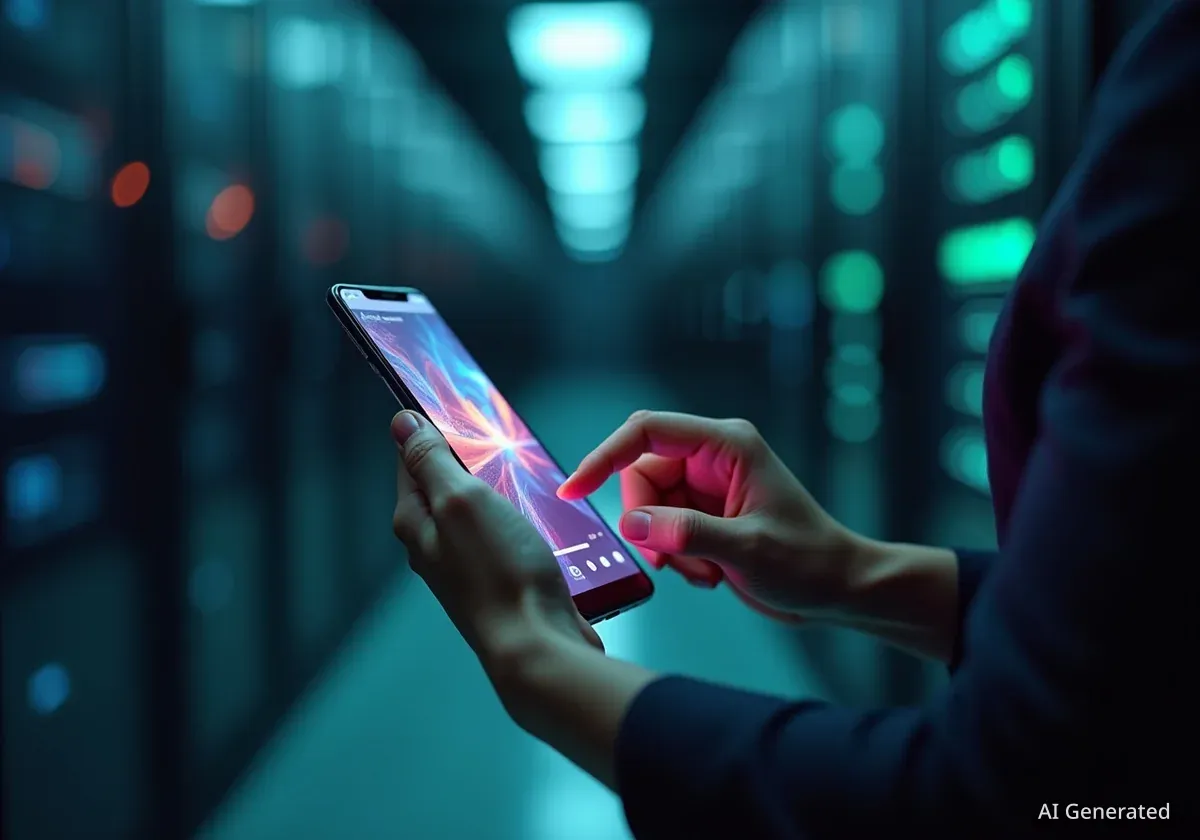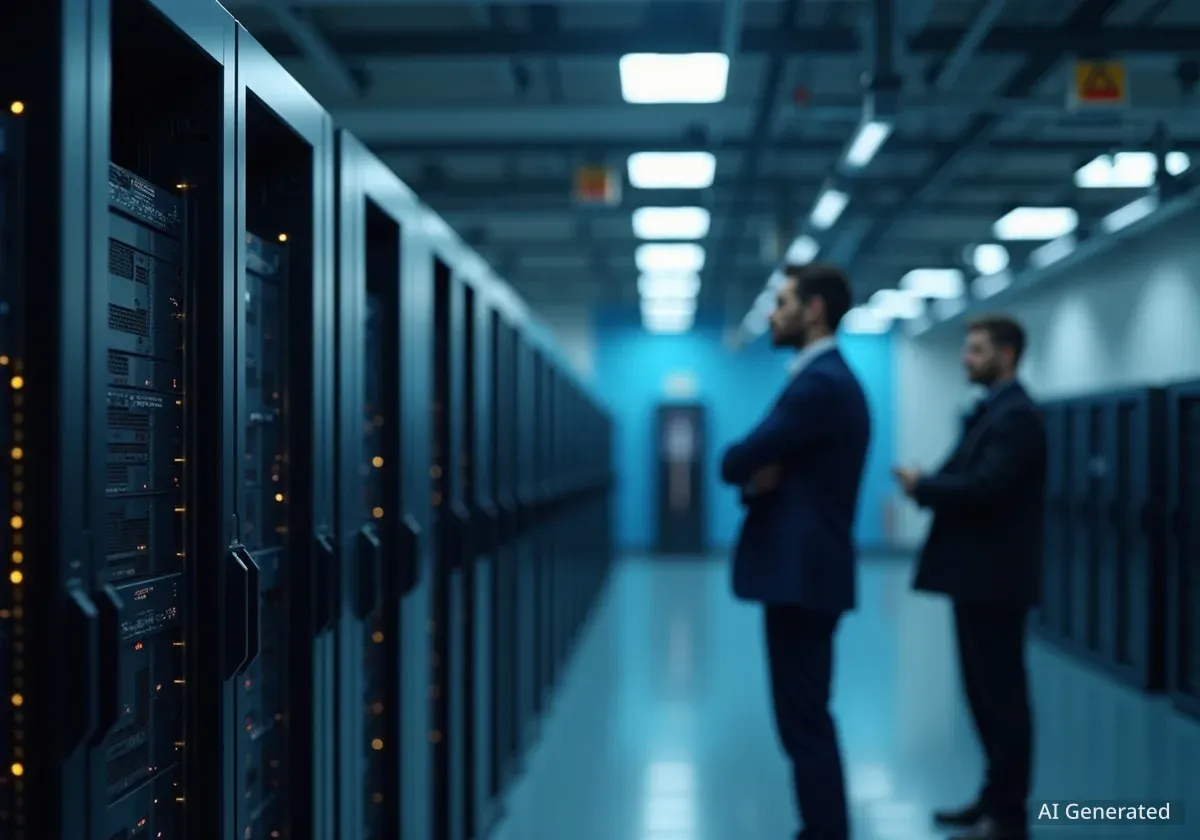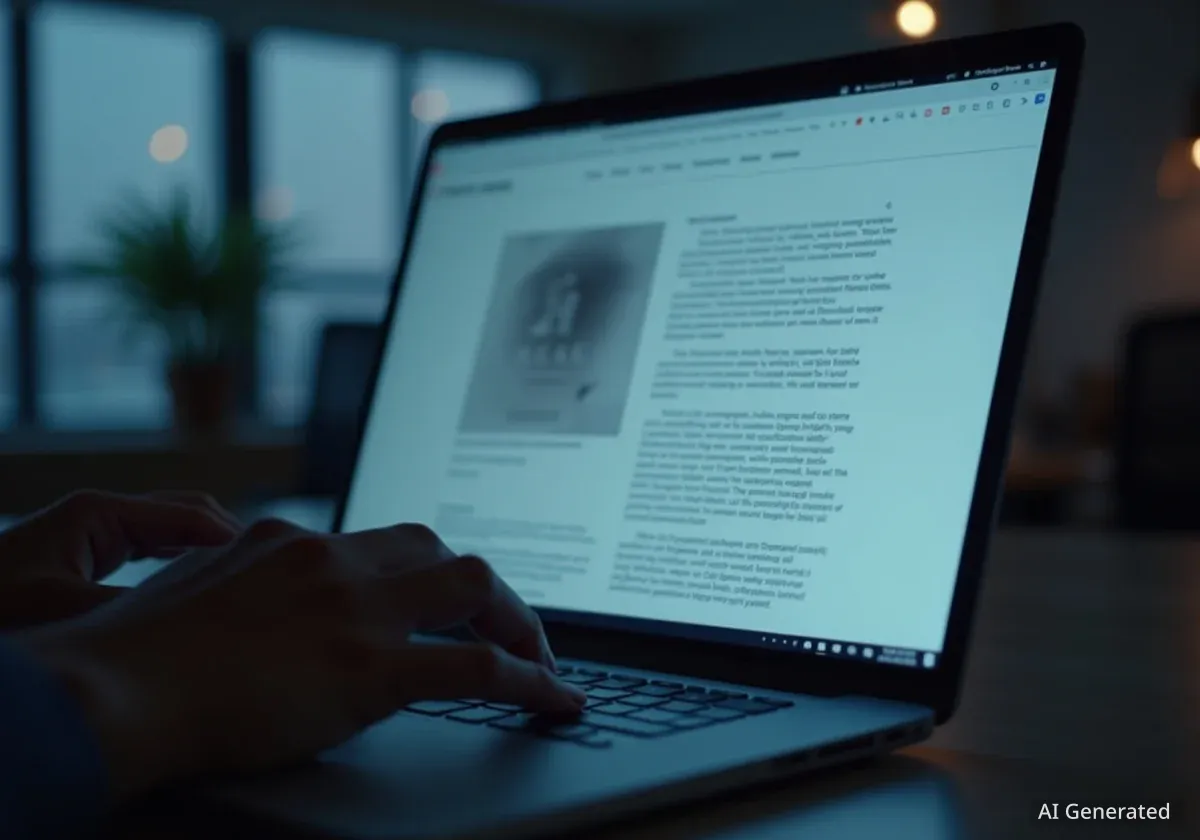Major technology companies are introducing new artificial intelligence tools that generate short videos, a move that is quickly reshaping content on social media platforms. OpenAI and Meta have both launched new video generators, and early data shows these tools are attracting significant user interest and engagement, signaling a potential shift in how online content is created and consumed.
This rapid adoption has also prompted discussions about the potential for misinformation, the use of personal likenesses, and the challenge of managing copyrighted material within AI-generated media. As these tools become more accessible, they present both new creative opportunities and complex ethical questions for users and platforms alike.
Key Takeaways
- OpenAI and Meta have released new AI video generation tools, named Sora and Vibes, respectively.
- AI-generated videos are demonstrating high levels of user engagement, with some clips achieving millions of views on platforms like Instagram.
- The rise of these tools is accompanied by concerns regarding the spread of deepfakes, misinformation, and copyright infringement.
- Features that allow users to create digital versions of themselves are expected to increase the personal and viral nature of AI content.
New AI Tools Enter the Social Media Landscape
The field of short-form video, largely popularized by TikTok's arrival in the U.S. in 2018, is experiencing a new phase of innovation driven by artificial intelligence. Two major players have recently entered this space with new consumer-facing products.
In late September, Meta, the parent company of Instagram and Facebook, introduced an AI video generator called Vibes within its Meta AI application. Shortly after, OpenAI launched Sora, a tool designed to let users create short video clips from text prompts.
These launches represent a strategic bet by tech giants that AI will become a core component of digital content creation. The goal is to provide users with powerful yet simple tools to produce engaging videos without the need for traditional filming or editing skills.
From Text and Images to Video
The development of AI video generation follows the widespread adoption of AI text generators like ChatGPT and image generators like DALL-E and Midjourney. Video is considered the next frontier in generative AI, as it is significantly more complex to create realistic and coherent motion, objects, and environments over a sequence of frames.
User Engagement Shows Early Promise
Initial signs suggest that social media users find AI-generated videos highly compelling. Content created with these new tools, even in their early stages, is already achieving significant reach. For example, a series of AI-generated videos depicting a dramatic soap opera with cartoon cats has accumulated millions of views on Instagram.
The novelty and often absurd nature of the content appear to be a major driver of its popularity. This trend is reflected in app store performance. Shortly after its release, OpenAI's Sora became the number one free app in Apple's App Store, indicating strong public curiosity, even with its invitation-only access model.
Instagram Prioritizes Short-Form Video
According to Instagram head Adam Mosseri, the platform is testing a change in India that would make its short-form video feature, Reels, the default view when users open the app. This move underscores the strategic importance of short-form video for major social platforms.
Personalization and Virality Features
To encourage sustained use and sharing, developers are building features that go beyond simple text-to-video conversion. Sora, for instance, includes a feature that allows users to create digital versions of themselves, which the company calls "cameos."
These digital avatars can then be used in videos created by the user or shared with friends to be included in their content. This capability for personalization could make the content more addictive and shareable, as it directly involves users and their social circles in the creative process.
Ethical Concerns and Platform Challenges
The rapid advancement of AI video generation has raised significant concerns among critics and digital safety advocates. One primary issue is the potential for these tools to flood the internet with low-quality, automated content, often referred to as "AI slop."
More serious concerns revolve around the potential for misuse. The technology makes it easier to create convincing deepfakes, which could be used to abuse a person's likeness or spread misinformation. An early viral video created with Sora was a deepfake of OpenAI CEO Sam Altman, falsely depicting him stealing a computer component from a retail store.
Critics have accused companies of contributing to a deluge of so-called AI slop swamping the internet and blurring lines between real and fake. The tools could facilitate abuses of users’ likeness, despite built-in protections.
The Intellectual Property Question
Another significant challenge is the use of copyrighted material. AI models are trained on vast datasets that often include copyrighted images and characters. This raises legal and ethical questions about intellectual property rights.
OpenAI initially indicated it would require copyright holders to opt out of having their content used. However, the company has since stated it plans to provide intellectual property owners with more direct control over how their characters and content are used by the AI model. This remains a complex and evolving area of law and policy.
The Future of Digital Content
The introduction of accessible AI video generators marks a pivotal moment for social media. As these tools become more sophisticated and widely available, they are likely to fundamentally alter the type of content that populates user feeds.
The ease of creation could lead to an explosion of new forms of entertainment, memes, and personal expression. However, it also places greater responsibility on platforms to develop effective moderation policies and tools to detect and label synthetic media, combat misinformation, and protect users from malicious deepfakes. The balance between fostering creativity and ensuring a safe, authentic online environment will be a central challenge in this new era of content creation.





